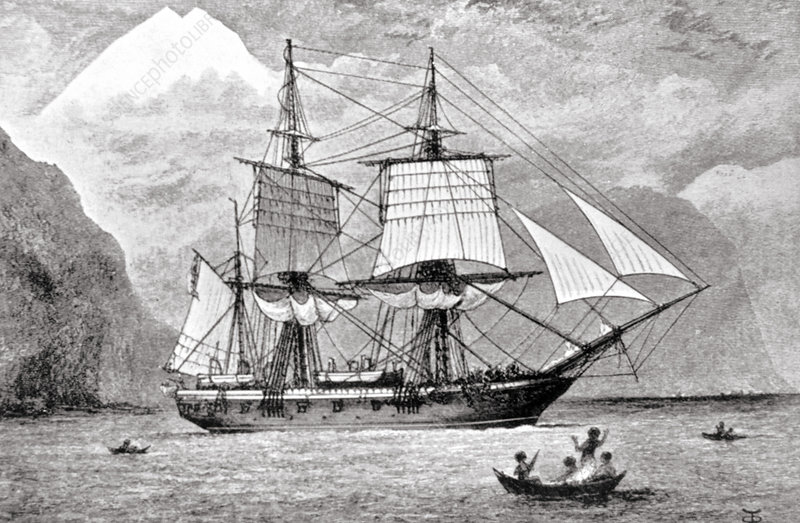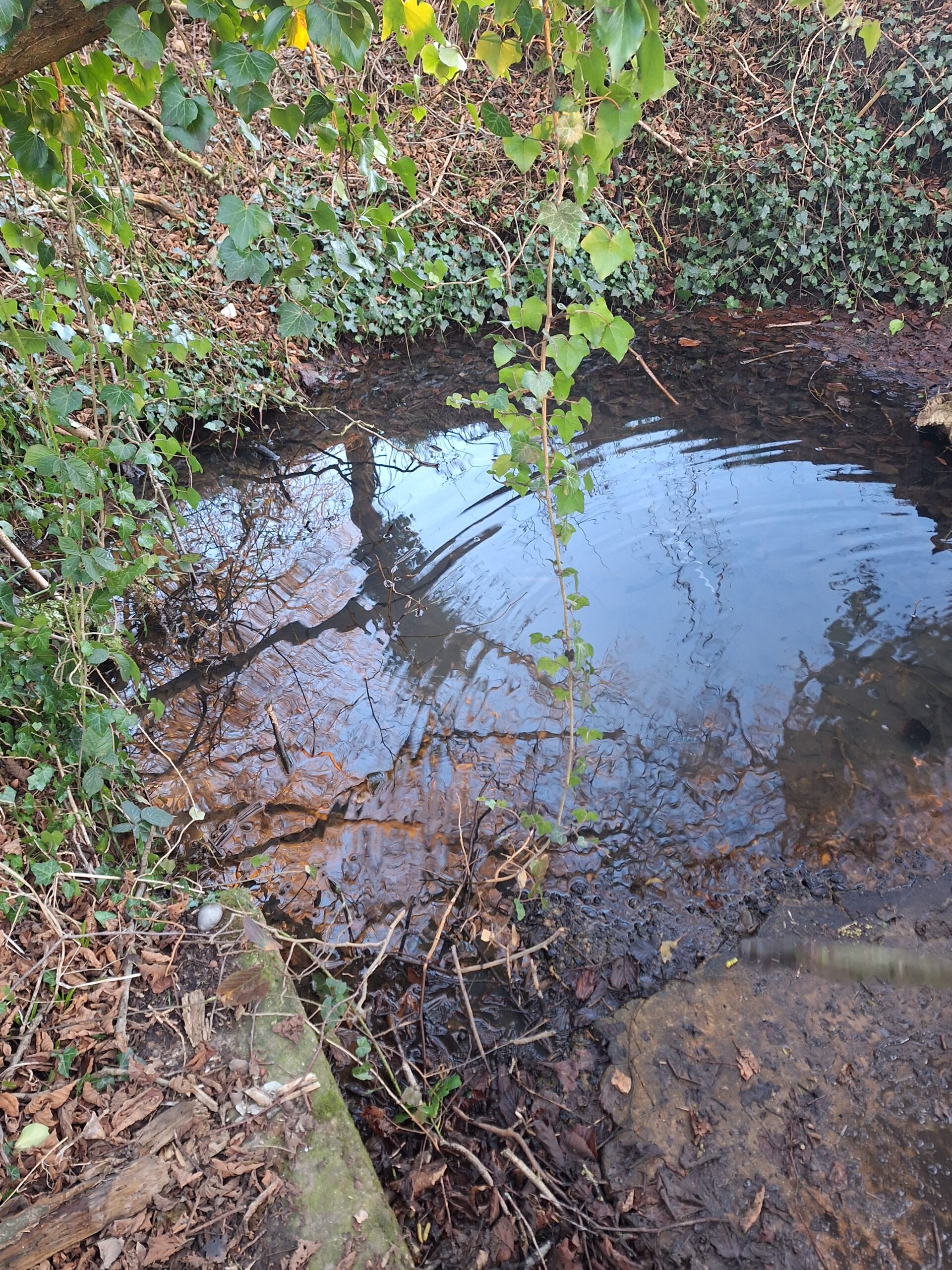
Finding the Beagle: A Quiet Ending on the River Roach
On a quiet stretch of the River Roach near Paglesham, the story of HMS Beagle comes to an end. The LifesQuest team went to trace where Darwin’s famous ship once lay, discovering how this vessel spent her final years guarding the Essex coast from smugglers.
We went looking for a ghost of a ship. One Sunday, the three of us from LifesQuest followed the little lanes that twist through Paglesham until they give way to saltmarsh and mud. There’s not much noise out there, only the sound of wind in the reeds and the slap of water against the bank. Somewhere along this stretch of the River Roach, HMS Beagle ended her life, the same ship that once took Charles Darwin halfway around the world.
You wouldn’t know it now. The hull is long gone. What’s left is a simple board by the seawall, telling passers-by that this is where she lay for years before being broken up. Standing there with the tide creeping in, it’s hard not to picture her half-buried in the mud, slowly giving herself back to the river.
From exploration to watch duty
Beagle started life in 1820, built at Woolwich as a ten-gun brig. She served in the Royal Navy’s fleet during quieter years after the Napoleonic Wars and later became famous for carrying Darwin and Captain FitzRoy across the globe between 1831 and 1836. By the time she returned home, she was small, outdated, and showing her age. The Admiralty needed every ship it could reuse, so she was refitted and sent to do humbler work.
The Coast Guard years
In 1845, the Navy passed her to the Coast Guard and renamed her Watch Vessel No. 7. Instead of sailing to distant oceans, she was anchored here on the River Roach to help watch for smugglers. This part of Essex was perfect smuggling country: endless creeks, twisting channels, and a tide that hides as much as it reveals. Spirits, tobacco, silk—whatever could be run in from the Continent found its way into these waters.
At first, she sat out in the middle of the river, but local oystermen complained that she was spoiling their beds. The authorities shifted her nearer to shore, where she stayed for the rest of her days, weather-worn but still useful.
A floating community
It wasn’t just the Coast Guard men aboard. Their families often lived there too. Imagine that—children playing on deck, washing lines strung between rails, small lamps glowing through the cabin windows at night. Everything had to come by boat: food, water, post, even visits from the doctor. The marshes could feel cut off when the tide turned, and it must have been a lonely life in winter.
The guards kept to a steady routine. They rowed patrols, watched the channels, and checked on anyone landing goods at odd hours. There are stories of lights seen moving out on the flats, and of men rowing into the dark to investigate. Mostly it was quiet work, broken by the sounds of birds or the tide pushing at the hull. Smuggling had eased off by then, but not entirely. The Beagle was a reminder that someone was always watching.
Breaking up the old ship
By 1870, the Beagle had done her duty and was falling to pieces. The Admiralty sold her for scrap, and she was dismantled where she sat beside the Roach. Some say bits of her timber were reused locally; others think they still lie buried under the mud. For years, nobody was quite sure where she had been moored. Old charts and local memory eventually matched up, and the exact place was confirmed. Today, the information board stands quietly beside the footpath that runs along the seawall.
The landscape she left behind
Standing there now, you get the sense that not much has changed. The river winds the same way, the reeds still whisper when the tide comes in, and the village church spire is just visible behind the fields. It’s strange to think that the ship which helped shape modern science finished her days watching over this small corner of Essex.
If you fancy seeing it for yourself, start at Paglesham Churchend and follow the public path along the seawall. It’s an easy walk, with wide views across the marshes and the river beyond. When you reach the old quay, you’ll find the board that marks the spot. Nothing dramatic—just a quiet reminder of where one of Britain’s most famous ships ended her story.
Written by Richard Clements – Lifesquest – A Spirit led journey into History and Enlightenment.

